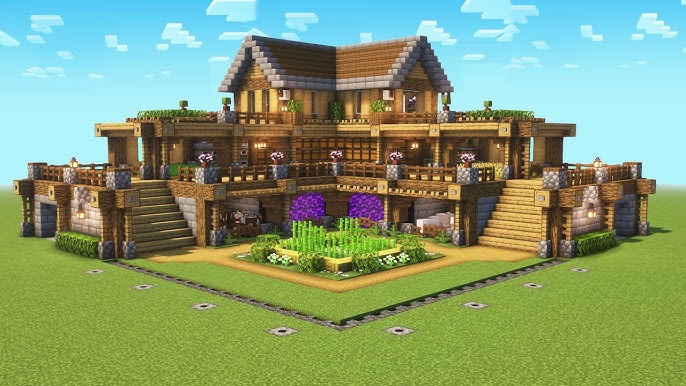

In an era of hyper-realistic graphics and cinematic storytelling, one game continues to defy all norms with its blocky visuals, endless possibilities, and charming simplicity. That game is Minecraft. Since its humble beginnings in 2009, Minecraft has grown from an indie project into one of the most beloved and influential games of all time, with a cultural impact that extends far beyond the gaming world.
The Beauty of Simplicity
At first glance, Minecraft doesn’t look like much. Its pixelated textures and chunky shapes are a far cry from the glossy visuals of modern AAA games. But that simplicity is its genius. Players are dropped into a randomly generated world, armed with nothing but their hands. From there, it’s up to them to survive, explore, create, and—most importantly—imagine.
This freedom is what sets Minecraft apart. There are no fixed objectives. No rigid storylines. Players can choose to build a towering castle, dig deep into the earth in search of diamonds, or simply live a peaceful life farming wheat and raising chickens. It’s a game that can be whatever you want it to be, and that’s what makes it timeless.
Creativity Unleashed
One of the most remarkable aspects of Minecraft is the level of creativity it inspires. Thanks to its intuitive building mechanics, players have recreated everything from the Taj Mahal to working computers—all within the game’s engine. Entire cities, theme parks, even functioning calculators have been built using nothing more than digital blocks and ingenuity.
Beyond individual creativity, Minecraft has also become a powerful educational tool. Schools around the world use Minecraft: Education Edition to teach subjects ranging from history and chemistry to coding and teamwork. It’s not just a game—it’s a canvas, a classroom, and a community.
The Power of Community
Speaking of community, Minecraft has one of the most passionate and vibrant fanbases in gaming. From YouTube creators and Twitch streamers to massive multiplayer servers and modding communities, Minecraft thrives because of the people who play it. The modding scene alone has added thousands of new items, mechanics, and experiences, allowing players to tailor the game to their exact liking.
The game’s online multiplayer features have also made it a social hub for millions. Friends can build together, explore vast landscapes, or compete in mini-games. During the height of the COVID-19 pandemic, Minecraft became a digital hangout spot—a way for people to stay connected when they couldn’t be together in real life.
Constant Evolution
Despite being over a decade old, Minecraft continues to evolve. Mojang, the studio behind the game, regularly releases updates that introduce new biomes, creatures, mechanics, and blocks. Recent updates have expanded underground cave systems, improved combat, and even added archaeology. These updates ensure the game never feels stagnant and keep players coming back for more.
A Game Without Limits
Perhaps what makes Minecraft truly special is its lack of limits. It doesn’t tell you how to play—it simply gives you the tools and lets you decide. Whether you're a child stacking blocks for the first time or an adult seeking a creative outlet, Minecraft meets you where you are.
In a world where many games are about competition, violence, or fast-paced action, Minecraft is a breath of fresh air. It’s about creativity, discovery, and the joy of making something your own. And in that, it has not only stood the test of time—it has helped define what a video game can be.